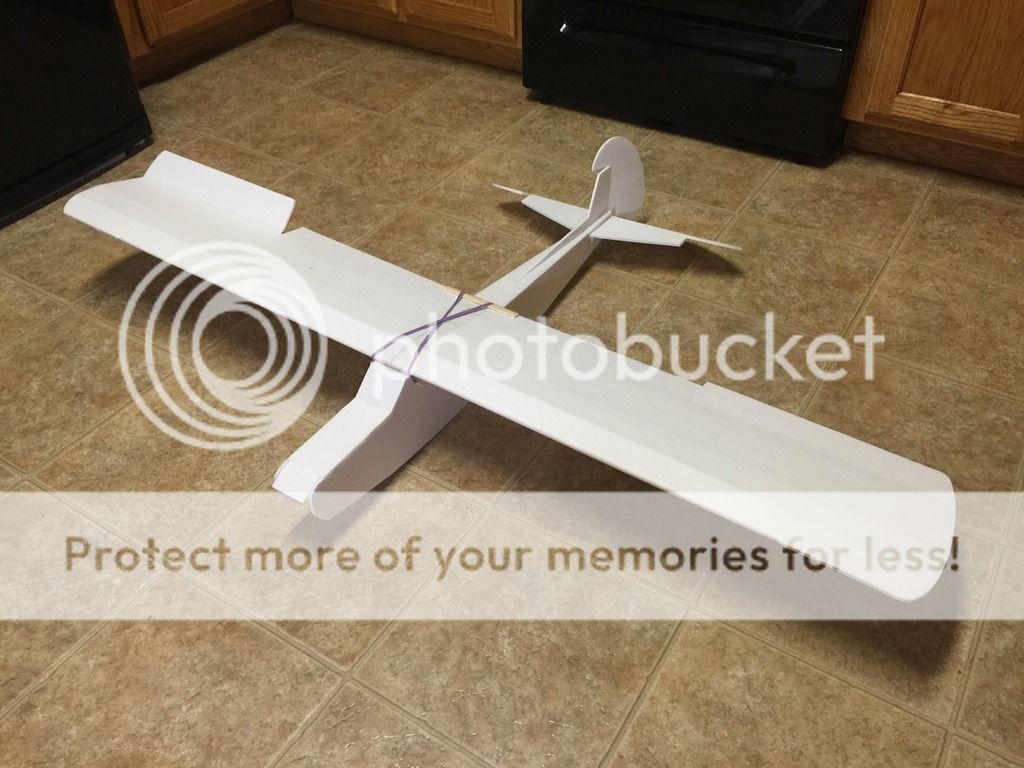IanLeMasters
Junior Member
Total noob. And I hate to bring up a subject that's probably beaten to death. So your welcome to just post a link.
What's the easiest or best way to get my printed plans to the foam?
Scale is good. I printed them on card stock here at home.
Thanks so much.
Can't wait to get started.
What's the easiest or best way to get my printed plans to the foam?
Scale is good. I printed them on card stock here at home.
Thanks so much.
Can't wait to get started.




